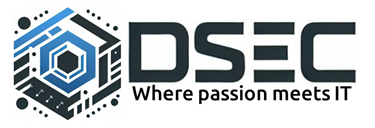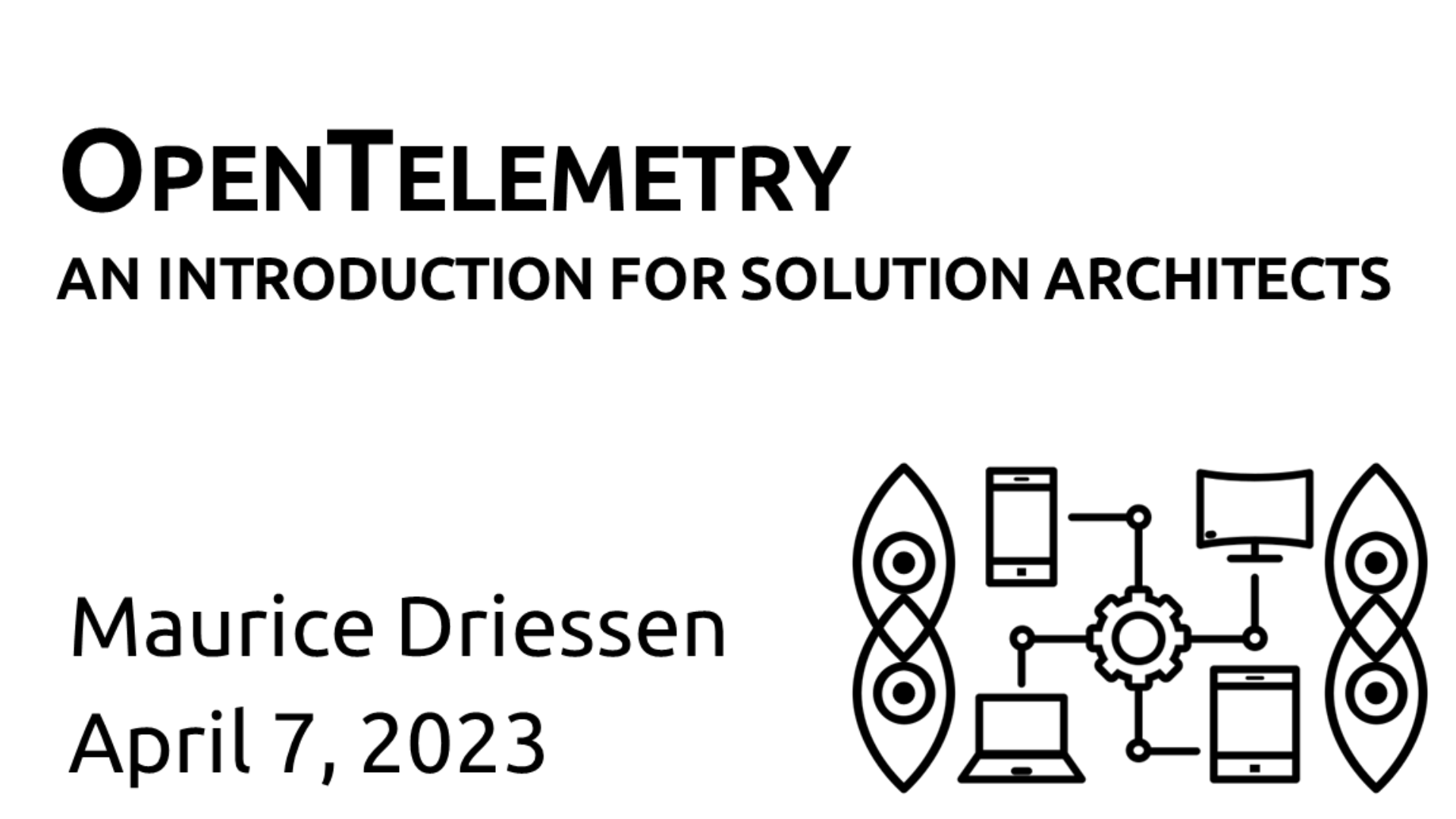As technology evolves and businesses rely increasingly on digital systems, the need for efficient and effective software solutions becomes paramount. As a solution architect, it is essential to have tools that can help you monitor and troubleshoot these systems in real-time. Enter OpenTelemetry – a vendor-agnostic and open-source framework that simplifies observability across your entire stack. In this article, we will explore OpenTelemetry and provide a comprehensive introduction for solution architects looking to leverage this powerful tool. Open Telemetry is a game-changing technology that enables distributed tracing, monitoring, and logging in modern cloud-native environments. As a solution architect, it is crucial to understand how Open Telemetry works and how it can benefit your organization.
What is OpenTelemetry?
OpenTelemetry is a relatively new technology that was born out of the merger of two existing observability projects: OpenCensus and OpenTracing. OpenCensus was initially developed by Google in 2018 as an open-source framework for collecting metrics and traces from applications running in various environments. OpenTracing, on the other hand, was a project that aimed to provide a vendor-neutral standard for distributed tracing. In 2019, the two projects merged to form OpenTelemetry, which became a Cloud Native Computing Foundation (CNCF) sandbox project. Since then, OpenTelemetry has gained significant momentum and has been adopted by many companies and organizations in the observability space. The project’s development is now overseen by a governance committee made up of representatives from various companies, including AWS, Google, Splunk, and others.
Distributed Tracing: A Game-Changer for Microservices-Based Applications
First, let’s take a closer look at distributed tracing. In today’s microservices-based applications, requests are often distributed across multiple services, making it challenging to diagnose issues when they arise. Distributed tracing is a technique that allows us to follow a request’s path through a system, across service boundaries and even across data centers. Open Telemetry provides a vendor-neutral way to instrument your application and capture this information, giving you valuable insights into how your application is performing.
Unified Approach to Monitoring and Logging
Open Telemetry also provides a unified approach to monitoring and logging. By standardizing how data is collected and reported, it allows you to use a single tool to analyze all your application’s data, rather than relying on different tools for each data source. This makes it easier to identify trends and correlations across your entire system, rather than just individual components.
Getting Started with OpenTelemetry
But how does Open Telemetry work, and how can you get started using it in your organization? In a case of a microservices-based solution that had previously struggled with identifying and diagnosing performance issues, after implementing Open Telemetry, they were able to trace requests across their entire system, including across data centers, and identify bottlenecks that were impacting end-user experience. Open Telemetry provides a set of vendor-neutral APIs and SDKs that make it easy to instrument the solution, regardless of the programming language or framework you are using. They were able to get up and running quickly by integrating the Open Telemetry SDK into their codebase and configuring it to send data to their preferred logging and monitoring backends, such as Prometheus or Grafana. Open Telemetry, unlike other solutions that may require custom instrumentation or rely on proprietary APIs, provides a standardized approach to collecting and reporting data. This makes it easier to integrate with other tools in your stack, such as observability platforms, and ensures that your data is vendor-neutral and future-proof.
Contributing to Interoperability
OpenTelemetry contributes to interoperability by providing a vendor-neutral and open-source framework for instrumenting applications and collecting telemetry data. This means that regardless of the programming language or framework used to build an application, OpenTelemetry provides a standardized way of capturing telemetry data. Additionally, OpenTelemetry integrates with a variety of backends, including popular observability platforms such as Prometheus, Grafana, and Jaeger. By providing a common language for collecting telemetry data and integrating with a wide range of backends, OpenTelemetry promotes interoperability across different systems, making it easier to analyze and troubleshoot complex systems. This is especially important in modern cloud-native environments, where applications are often built using a variety of different languages, frameworks, and services.
The Role of Solution Architects in Ensuring Observability
Solution architects play a crucial role to assure the solution is sufficiently observable. By ensuring that OpenTelemetry is integrated into the architecture of their solutions from the beginning and by thinking about observability as a first-class concern, solution architects can ensure that their systems are designed to be observable from the start, rather than retrofitting monitoring and logging solutions after the fact. This can save significant time and effort in diagnosing and resolving issues down the road.
Conclusion: OpenTelemetry – A Powerful Tool for Observability
In summary, Open Telemetry is a powerful technology that enables distributed tracing, monitoring, and logging in modern cloud-native environments. As a solution architect, it is crucial to understand how Open Telemetry works and how it can benefit your organization. By providing a standardized approach to collecting and reporting data, Open Telemetry makes it easier to identify issues across your entire system, rather than just individual components. And by thinking about observability as a first-class concern, solution architects can ensure that their systems are designed to be observable from the start, making it easier to diagnose and resolve issues down the road.

